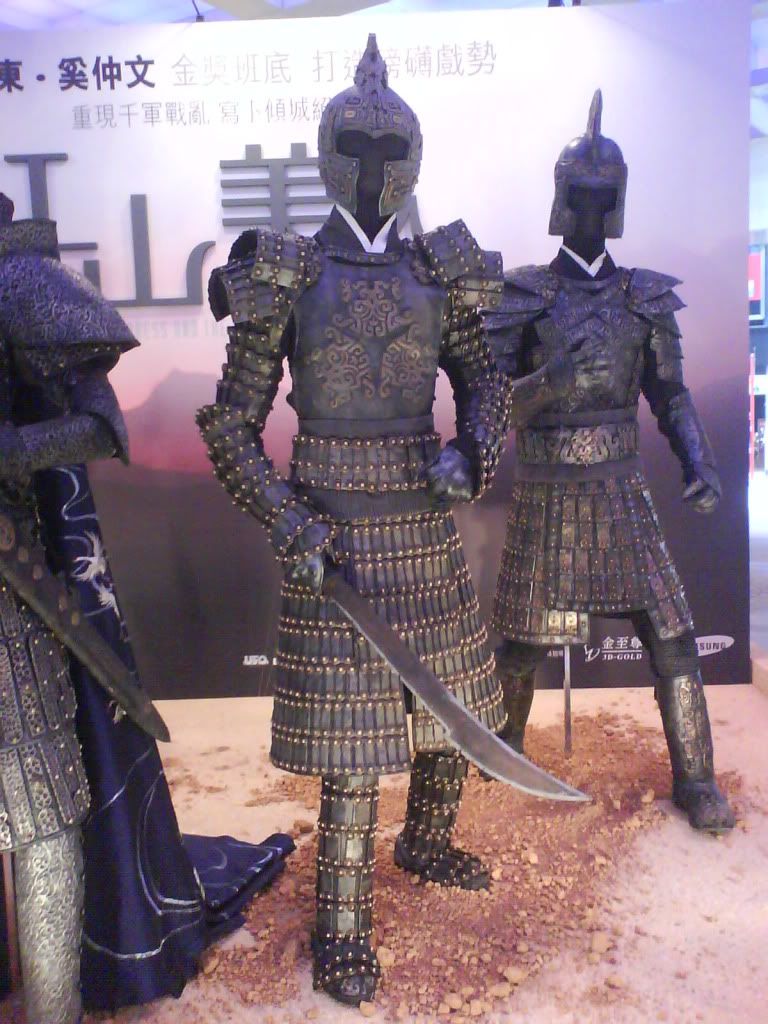"His soldiers feared most the men in full armour (kataphraktou) . . ."
-Plutarch, Moralia, 203 (Lucullus, 2), on the Armenian cataphracts at Tigranocerta
"When Antoninus (
sic) . . . made trial of the Parthians in combat, after he had seen their men clad in full armour (catafractis) he lapsed so completely into fear that on his own he sent the King a letter promoting peace."
-Nazarius, Paneg., 24.6, on Lucius Verus' Parthian campaign, AD 165 (he named the wrong emperor)
"What a spectacle that is said to have been, how dreadful to behold, how terrible, horses and men alike enclosed in a covering of iron."
-Nazarius, Paneg., 22.4, on Maxentius's clibanarii at the Battle of Turin
"...cavalry so invulnerably equipped as to lend them a terrible aspect..."
-Libanius, Oration XVIII, 18.37, on the cavalry of Constantius
"...they all sat their horses like statues (andriantas)... An iron helmet covering the face itself gives the appearance of a shiny and glittering statue (andriantos)..."
-Julian, Oration I, 37C-D, on Constantius's clibanarii again
"...all masked, furnished with protecting breastplates and girt with iron belts, so that you might have supposed them statues (simulacra) polished by the hand of Praxiteles, not men."
-Ammianus, 16.10.8, on Constantius's escort detail into Rome
"...the limbs within give life to the armour's pliant scales so artfully conjoined, and strike terror into the beholder. 'Tis as though iron statues (simulacra) moved and men lived cast from the same metal... each stands alone, a pleasure yet a dread to behold, beautiful yet terrible..."
Claudian, In Rufinum II, on the clibanarii of Rufinus
All from
here, along with a discussion on the distinction between cataphracts/catafractarii and clibanarii.






 I WANT ONE NAOW
I WANT ONE NAOW
 I'll try to add something this week if I have the time, but I'm not sure what era or type of armor to cover. Any suggestions or requests?
I'll try to add something this week if I have the time, but I'm not sure what era or type of armor to cover. Any suggestions or requests?

